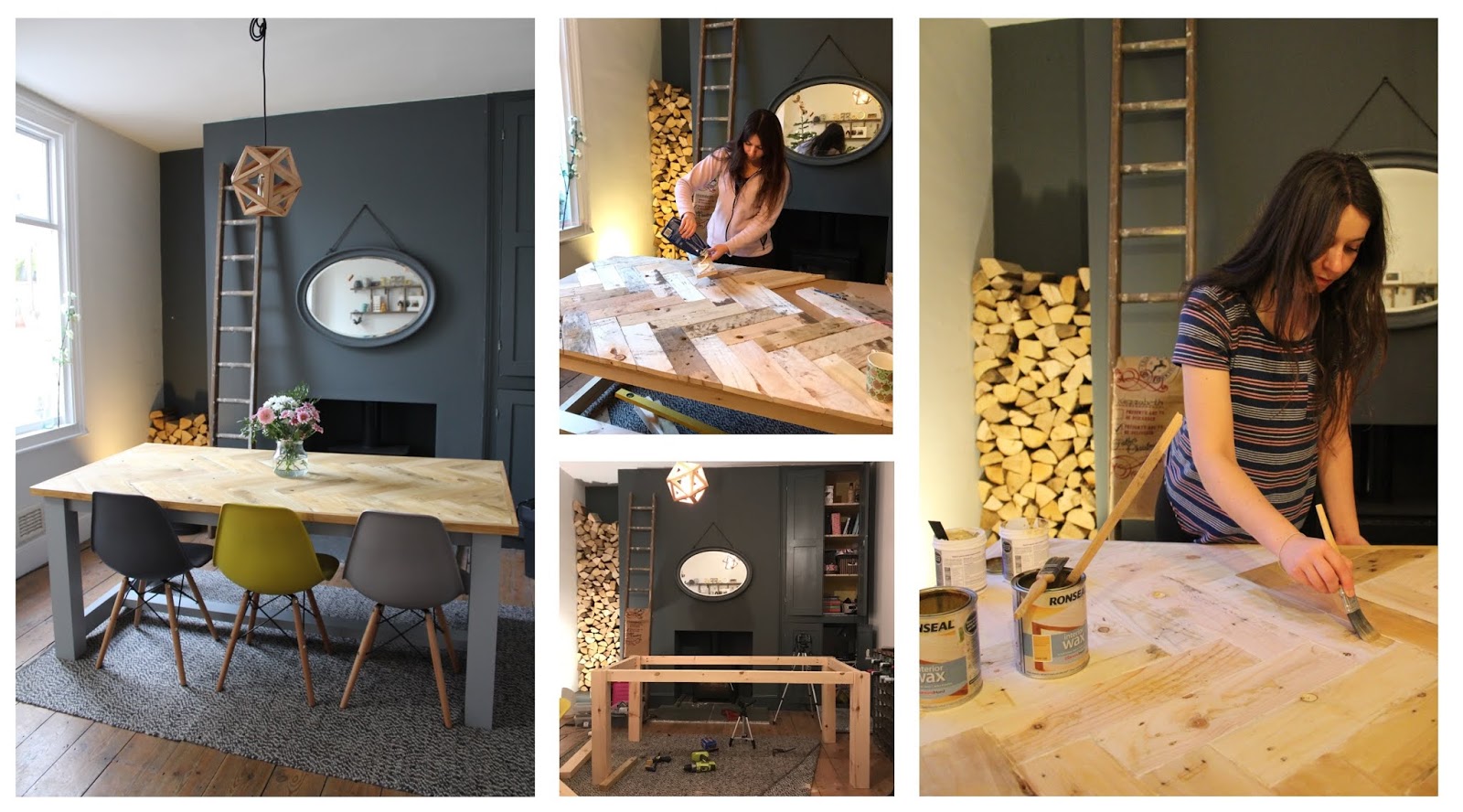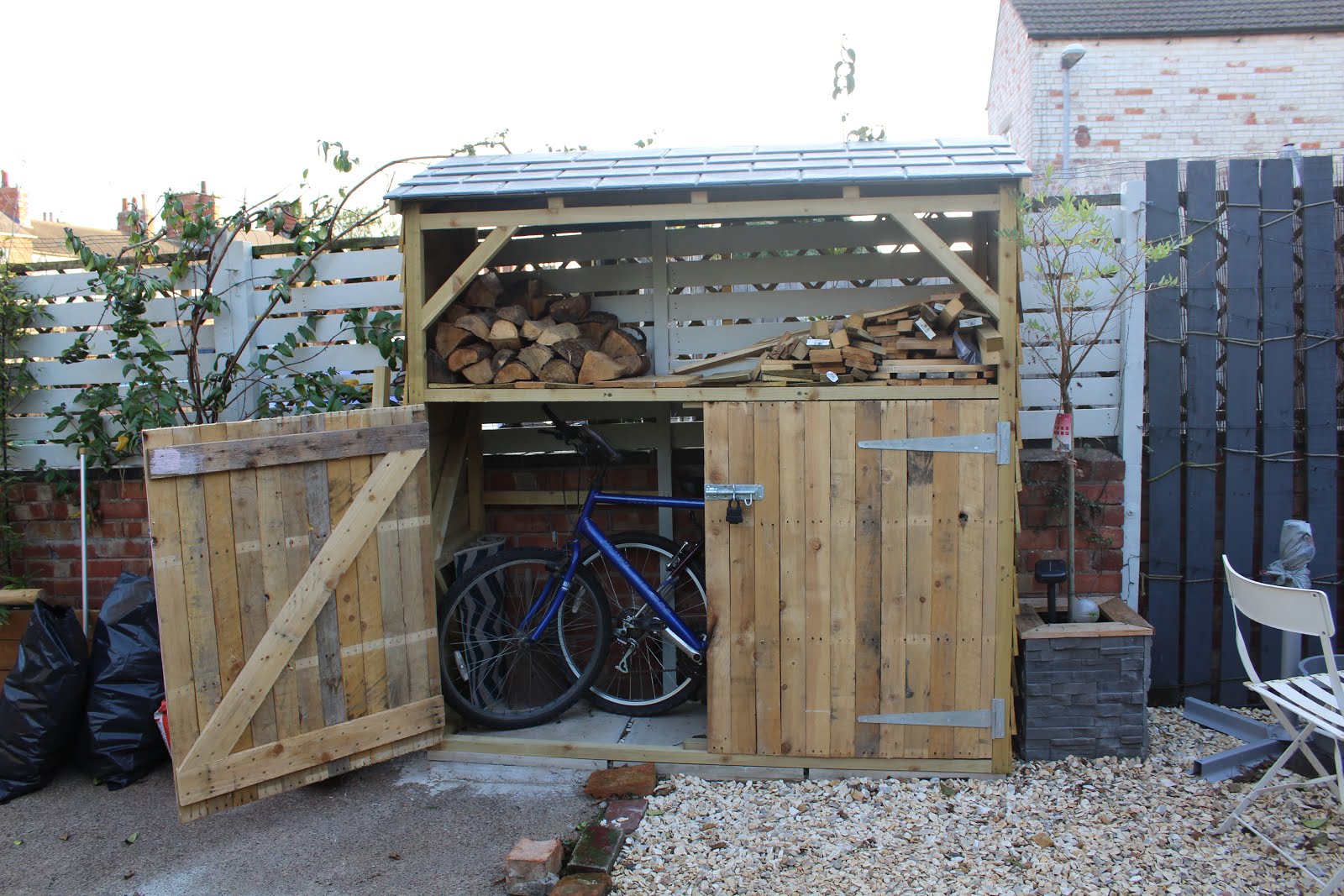Well I haven’t shared an update in a while have I?! Truth is, basement DIY has been boring A.F. We’ve spent hours upon hours stripping back the old basement walls, which were covered in various materials from layers of thick paint to cement slurry, some kind of chalky stuff (I don’t know?!), even 100year old coal soot. Yep, on the wall. It’s been a fun few months.
Why are we doing this, you ask? Other than trying to make it look clean, in a period cellar or basement, it’s so important for the walls to be able to breathe. Yes, it sounds kind of hippy – and I do plan to write a blog post explaining breathability in more detail, but in a nutshell, it helps regulate moisture and prevents damp.
Things like cement are NOT breathable. Regular paints are NOT breathable. And of course, those materials are on our walls. So they needed to come off! FYI – you can see a full basement tour here.
I’m not going to lie, this was not an easy job. Although there were large sections which crumbled at just a touch, like a collapsing sandcastle (ahhhh so satisfying!), there were other areas where it would NOT budge! And to make matters worse, our walls were covered in layers and layers.

Because we have zero ventilation in our basement, no windows and literally no airflow, it meant we couldn’t use chemical strippers down here. So we had to go about it, the hard way! With nothing but muscle power! So I thought I’d do a little run down of what we did, what tools we used and how well (or not!) it worked.
In the end, we didn’t strip back all the walls and they’re not “back to brick”, but we have taken A LOT off them. But I’ll explain a bit more at the end. So if this is a job you’re ready to tackle (I feel for you!!), then I thought I’d share the tools we tested, what worked and what didn’t work.
(Side note: if you can afford it, sandblasting MAY be possible – but it does depend on the softness of your bricks as sandblasting is incredibly harsh and may do more damage than good. As some of our bricks are in incredibly poor condition, this isn’t something we attempted.)
Tools for the Job: How We Stripped Back Our Cellar Walls
Heavy Duty Scraper with Removable Blades
Not to be confused with a FILLING knife (although a filling knife is also useful to have at hand!), a scraping knife has an actual blade which can be changed with removable blades when it becomes blunt. These are great for all kinds of jobs from stripping wallpaper to removing paint on woodwork, but we also decided to give it a try on removing paint on brickwork too!
Verdict: yes it works, but be prepared to change your blade a fair few times! Depending on how tough your paint is (gloss is the devil!) it may require a fair amount of arm work as well. I personally prefer longer handled scrapers as you can use two hands for adding a bit more force! This also worked incredibly well on the ceiling – which yep, you guessed it – was also covered in layers of paint!

Shavehook
These are great little things and great for stripping paint in detailed areas, such as curves on architrave or skirting! You can get shavehooks with different edges – curved, angled, etc which proved pretty useful at getting into cracks and crevices of brickwork, particularly within the mortar line.
Again, this tool isn’t designed for brickwork, so it’s likely to get blunt sooner or later. However considering it costs just a couple of quid, I think it’s a well worthwhile purchase to at least try!

Hammer or Pick
This can be used on concrete coverings, or any hard material as well as paint. Simply hitting away at brickwork will remove paint and concrete little by little as it cracks the surface and breaks the bond. This definitely works, particularly for very thin layers where you can’t get at an edge to scrape away, but for some materials, it can be quite tedious when it’s only removing small quantities at a time.

Angle Grinder with Sanding Attachment
OK, word of warning for this one – it’ll make A LOT of dust! But yes, it definitely works! We used a really cheap (borrowed) angle grinder and this sanding attachment, which is suitable for brickwork.
This was probably the quickest method, but it comes at the cost of mega dust. As we live in our house, I’m always keen to keep the dust down to a minimum, so we decided against using this option for the most part. It also gives you less control as the vibrations are quite strong – which means there is definitely a risk at grinding too much away and into the brick.
I can’t say how long the sanding attachments last either, as we didn’t use this method very much at all. But I reckon, depending on how many walls you need to tackle – this could be a fairly expensive option if you have to replace the attachment often. For really stubborn areas though, particularly if you have cement slurry on your wall – this seemed to be a winning option!
SDS with Chisel Attachment
If you have a thick cement to remove, then this option is also great! You can, of course, use regular masonry hand chisels, but you may find it take much longer.
SDS drills are quite heavy to use, so you will definitely get arm ache sooner or later! And you may also find, due to its large size you can’t always get into certain spaces with it. But it can definitely make quick work of materials like plaster and cement (providing it’s thick enough!). You definitely have less control than using hand tools and I would avoid using if you find it’s bringing off the face of brickwork along with it – which was a problem we found in areas.
Stiff Wire Brush
Unless your paintwork is incredibly flaky or brittle, this won’t do much at all. However, it is great for removing final bits, getting into the mortar line and also cleaning down the brickwork! We actually went over all the brickwork with a stiff wire brush as our final step before cleaning. Some wire brushes are stiffer than others, so it can be worth getting a bulk pack which offers different ones to test and try.

Before And After
I’m going to save the full tour of our basement for when it’s been cleaned – but here’s an example from just one room at a before and after:


You might be looking at this picture and thinking – hang on, those walls don’t all look stripped back! And yep, you’d be right. We have not taken them all entirely back to brick.
Unfortunately for us, our walls were covered in LAYERS of stuff. A few days in, we made a judgment call that we simply did not want to lose HOURS and HOURS of our life over this. I mean, our basement has four rooms don’t forget! You can see in these pictures below the kind of layers we were dealing with.



We decided to focus our energies on the external-facing walls, as all of these had displayed evidence of dampness in the past and all of these walls, in particular, would 100% have moisture within them from the external ground – which meant they DEFINITELY needed stripping back in order to ‘breathe’.
As for the other walls, well most of them were internal walls, dry and for the most part, the coverings weren’t showing any signs of harm. If the paint/cement layers were coming off with some degree of ease, we’d keep at it. If it simply would not budge then we’d just leave it. For almost all the walls, we managed to take away the top layer of paint. But we kept some of the harder-to-remove underlayers, just scrubbing the walls back so that the bricks are at least now defined, and therefore looking less “covered”.

It’s not ideal by any means, however, our basement ISN’T damp, for the most part, so hopefully, those non-breathable coverings aren’t doing much damage. And I’ll be honest – I appreciate my time too much to spend days on end scraping these walls down to perfection.
This progress in itself took around 3-4 weeks to complete and we had more than 15 bags full of paint/cement/rubble to get rid of. So yeah, it may not look perfectly stripped back to bare brick – but trust me, A LOT of work went into getting it this far!!
So that’s a very small basement update for you! I told you the work down here in the basement was boring A.F didn’t I?! We have made a bit more progress (not with the walls!), but as ever – I’m behind on updating the blog.













8 Comments
Its soul destroying isn’t, I did one wall of my cellar that was really bad about 20 years ago, used a cold chisel with a compressor (bit like firing a tommy gun ), hell of a lot of mess but over and done with in a few hours, lime washed it 4 times and its only now showing signs of discolouring, no flaking or anything else, mind I’m using fans for air movement.
Sooo soul destroying! I’m hoping our cellar walls stay as good as yours after all this work, haha!
Hello
We are in a similar position and considering soda blasting
Have you looked into that?
Hi! No I haven’t, but sounds interesting – I’ll have to look it up, thanks!
Thanks! This blog is such a rich source of information. Have you (or anyone else) had any further contact with Building Control over breathable cellars? Our kitchen is in our semi-basement. The old tanking slurry has failed and we would love to strip the walls and restore the room to its original breathable state, but are worried that without any waterproofing, Building Control will declare it a “not habitable” room. We noticed regs have been updated to recognise that restoration work should not compromise the fabric of historic buildings; does that mean a breathable walls approach might now be an acceptable method to make a room “habitable” do we think?
Unfortunately I have no idea and couldn’t possibly answer for sure. Our basement wasn’t considered “habitable” when we bought the house (no window, fire escape etc), so I’m not certain what all the regs for turning a basement into a “habitable” space it are. I would certainly hope that waterproof-coatings are no longer a requirement for building regs in period homes though! It would be ridiculous (in my opinion!) if breathable approaches weren’t accepted!
Would love to know if you manage to find this info out though!
I have just embarked on this for all the reasons you have.
Problem is..I caused the. I paid some to paying with plastic paint not realising I was suffocating my brick. Now it’s got to come off, what a job….
Ah sorry to hear this! I think it’s easily done as there isn’t a huge amount of information out there for paint that’s best suited for a basement – and any information you do find can be quite conflicting anyway. It’s all very confusing! Hope it’s not too much of a job to remove!